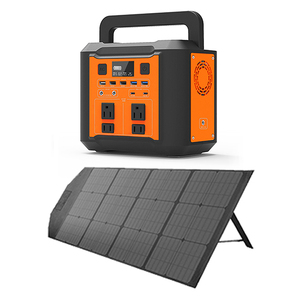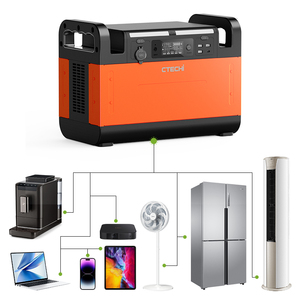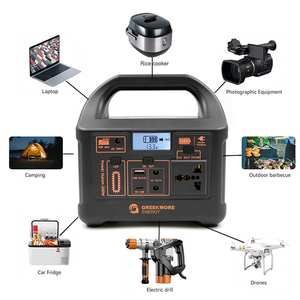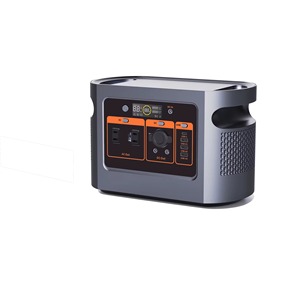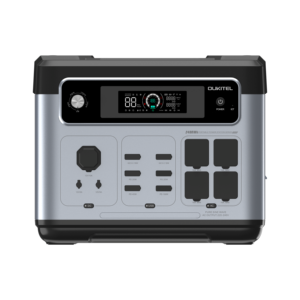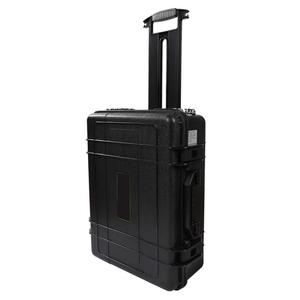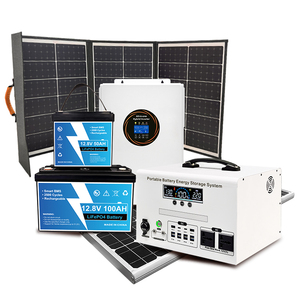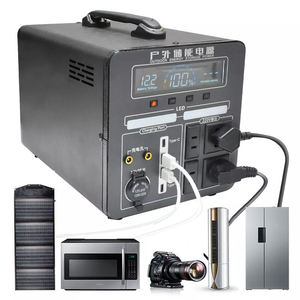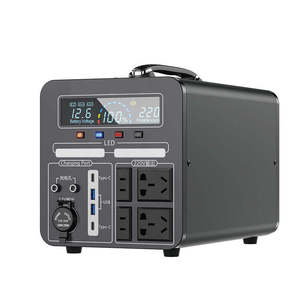A C Generator

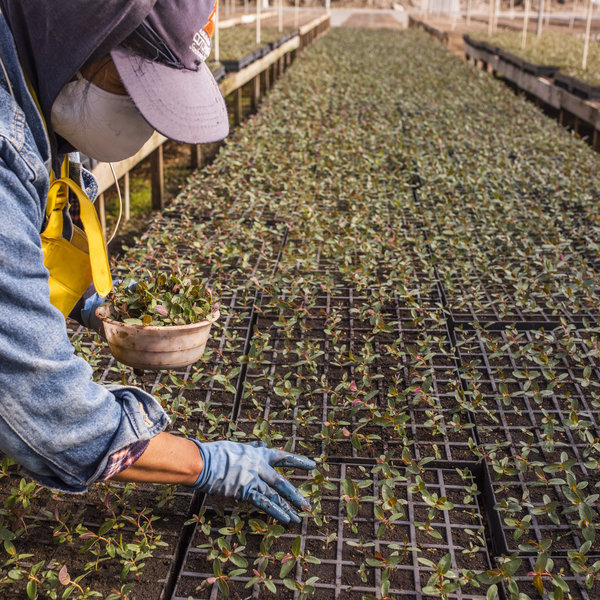
 1/1
1/1




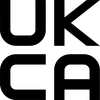






 1/3
1/3



 1/3
1/3








 1/35
1/35







 1/18
1/18



 1/3
1/3


 0
0





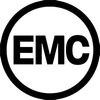




 1/29
1/29










 1/1
1/1



 1/3
1/3



 1/2
1/2



 0
0



 1/3
1/3








 1/28
1/28



 1/3
1/3




 1/3
1/3


 0
0








 1/13
1/13
About a c generator
Where to Find A C Generator Suppliers?
China remains the central hub for a c generator manufacturing, with Shenzhen and Guangzhou emerging as key production clusters due to concentrated expertise in portable power systems and lithium battery integration. These regions host vertically integrated supply chains encompassing cell assembly, power electronics, and structural design, enabling rapid prototyping and scalable output. Shenzhen alone accounts for over 70% of global portable solar generator exports, supported by mature logistics networks that facilitate air and sea freight efficiency.
Suppliers in these zones specialize in lightweight, pure sine wave inverters and modular battery configurations tailored for outdoor, residential backup, and off-grid applications. The proximity of component manufacturers—such as PCB fabricators, BMS developers, and aluminum casing producers—reduces lead times by 20–30% compared to offshore alternatives. Buyers benefit from localized ecosystems where design, testing, and packaging occur within compact geographic radii, supporting MOQs as low as one unit and faster time-to-market for new product iterations.
How to Choose A C Generator Suppliers?
Effective supplier selection requires systematic evaluation across technical, operational, and transactional dimensions:
Technical Compliance & Product Specifications
Verify output waveform type (pure vs. modified sine wave), inverter efficiency (≥85%), and battery chemistry (LiFePO4 preferred for cycle life). Confirm CE, RoHS, and FCC certifications for compliance in European and North American markets. Request test reports for surge capacity, thermal management, and charge cycle durability (minimum 2,000 cycles at 80% depth of discharge).
Production and Customization Capability
Assess suppliers’ ability to support OEM/ODM projects through the following indicators:
- In-house R&D teams capable of firmware and housing customization
- Available customization options: color, logo printing, packaging, AC/DC port configuration, and capacity scaling
- Minimum order flexibility: several suppliers offer single-unit MOQs for sample validation
- Monthly production capacity exceeding 5,000 units for high-volume buyers
Cross-reference claimed capabilities with response time metrics—suppliers achieving ≤1 hour average response are more likely to maintain real-time project coordination.
Quality Assurance and Transaction Security
Prioritize suppliers with documented quality control processes, including 100% functional testing prior to shipment. On-time delivery rates at or above 100% indicate reliable internal scheduling and inventory management. Utilize secure payment methods such as trade assurance or escrow services to mitigate risk during initial engagements. Conduct pre-shipment inspections to validate product conformity against agreed specifications.
What Are the Best A C Generator Suppliers?
| Company Name | Location | Main Products | On-Time Delivery | Reorder Rate | Avg. Response | Online Revenue | Customization | Verified Status |
|---|---|---|---|---|---|---|---|---|
| Shenzhen Pinfang Chuangfu Technology Co., Ltd. | Shenzhen, CN | Solar Generators, Lithium Battery Systems | 100% | <15% | ≤1h | US $70,000+ | Yes | Multispecialty Supplier |
| Shenzhen SuAnKin Technology Co.,LTD. | Shenzhen, CN | Portable Power Stations, Solar Panels | 100% | 33% | ≤2h | US $20,000+ | No | - |
| Guangzhou Fengjiu New Energy Technology Co., Ltd. | Guangzhou, CN | Lithium-Ion UPS, Outdoor Energy Systems | 100% | <15% | ≤5h | US $9,000+ | Yes | Brand Holder |
| Shenzhen Lecheng Lights Co., Ltd. | Shenzhen, CN | Solar Lighting, Portable Solar Generators | 100% | <15% | ≤3h | US $10,000+ | No | - |
| K&K Trading GmbH | Germany (Sourcing from Asia) | Power Stations, Solar Generators | Data Unavailable | Data Unavailable | ≤9h | Data Unavailable | No | - |
Performance Analysis
Shenzhen-based suppliers dominate responsiveness and technical specialization, with 100% on-time delivery performance across multiple vendors. Shenzhen Pinfang Chuangfu stands out for its extensive customization capabilities and strong online transaction volume, indicating scalability. Shenzhen SuAnKin demonstrates higher customer retention with a 33% reorder rate, suggesting competitive product quality or after-sales service. Guangzhou Fengjiu, while lower in revenue scale, holds brand ownership and offers cost-effective models starting below $100. K&K Trading GmbH serves as a Western-facing intermediary, potentially offering EU-compliant documentation but with limited transparency on fulfillment metrics.
FAQs
How to verify a c generator supplier reliability?
Validate certifications through official databases and request third-party lab test results for electrical safety and battery performance. Analyze supplier communication consistency, confirmed delivery records, and customer feedback on product accuracy and durability. For high-volume procurement, conduct virtual or on-site factory audits to assess production lines and QC procedures.
What is the typical lead time for a c generators?
Standard orders are typically fulfilled within 15–25 days after confirmation. Air shipping adds 5–10 days for international delivery, while sea freight requires 25–40 days depending on destination. Sample lead times range from 7–15 days.
Can suppliers provide customized a c generator solutions?
Yes, select manufacturers offer full OEM/ODM support including custom branding, housing design, port layout, and battery capacity adjustments. Minimum order requirements for customization vary, though some suppliers accept prototype orders at single-unit quantities.
Do a c generator suppliers support small MOQs?
Many suppliers listed offer MOQs of 1 piece for initial sampling or retail testing. This flexibility reduces entry barriers for startups and niche market distributors. Volume discounts typically apply at 50+ units.
Are lithium-powered a c generators safe for air transport?
Compliance with IATA Dangerous Goods Regulations is essential. Reputable suppliers provide UN38.3 test reports and MSDS documentation for lithium batteries. Units with battery capacities under 100Wh generally face fewer restrictions, while larger systems may require special handling or ocean freight only.
















